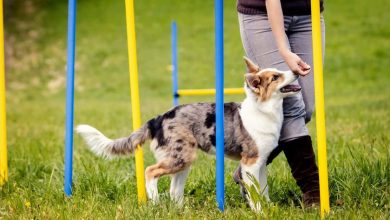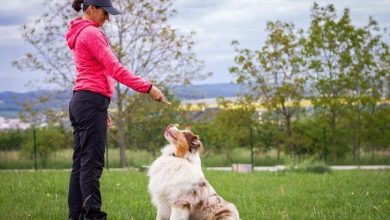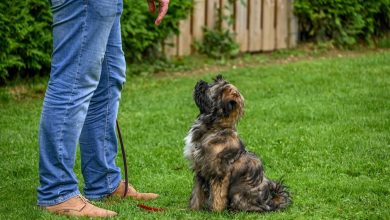Best techniques for basic obedience training
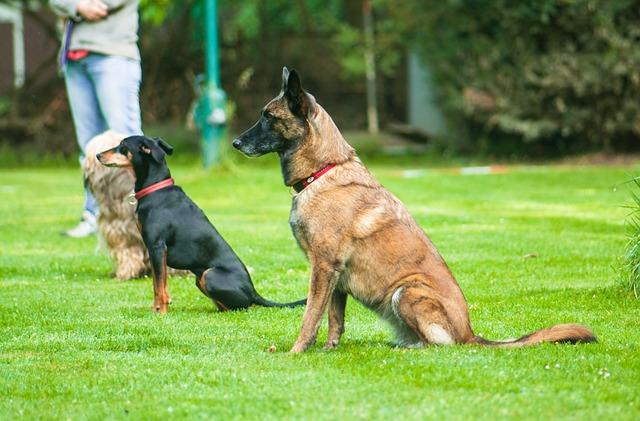
Teaching your dog basic obedience is not just about instilling good manners; it’s about building a strong, trusting relationship with your furry friend. Whether you’re a first-time pet owner or a seasoned dog enthusiast, mastering the art of obedience training can transform your daily interactions and enhance your bond. In this guide, we’ll explore the best techniques for basic obedience training, offering practical advice and proven methods to help your dog become a well-behaved and happy companion. From understanding the principles of positive reinforcement to setting clear commands and boundaries, we’ll walk you through the essential steps to ensure both you and your dog enjoy a rewarding training experience. So, grab your treats and let’s embark on this exciting journey to a more harmonious life with your canine companion!
Understanding Your Dogs Learning Style
Every dog is unique, and so is their approach to learning. Understanding your canine companion’s learning style can significantly enhance the effectiveness of obedience training. Dogs generally fall into one of three learning categories: visual, auditory, and kinesthetic. Identifying which category your dog belongs to can help tailor your training techniques for optimal results.
- Visual Learners: These dogs respond best to hand signals and demonstrations. Incorporate clear, consistent gestures during training sessions, and use visual cues like toys or treats to guide them.
- Auditory Learners: Dogs that learn through sound thrive on verbal commands and tones. Focus on using distinct words and varying your tone to emphasize commands and rewards.
- Kinesthetic Learners: These pups learn by doing and experiencing. Engaging them in interactive activities and using physical touch, such as gentle guiding, can be highly effective.
By recognizing your dog’s learning preference, you can customize your training methods to be more engaging and successful. A tailored approach not only fosters a stronger bond between you and your pet but also makes learning a fun and rewarding experience for both of you.
Creating a Consistent Training Routine
Establishing a routine is crucial for effective basic obedience training. Consistency not only helps your dog understand what is expected but also builds a strong foundation for more advanced skills. Here are some tips to help you create a routine that works:
- Set a Schedule: Choose specific times of the day for training sessions and stick to them. This helps your dog anticipate training and be mentally prepared.
- Keep Sessions Short: Aim for 10-15 minute sessions to maintain your dog’s focus and prevent burnout. Frequent, shorter sessions are more effective than occasional long ones.
- Use Consistent Commands: Always use the same words for commands and reward desired behavior immediately. This helps your dog associate specific actions with specific words.
- Incorporate Play: Make training fun by integrating playtime. This keeps your dog engaged and reinforces the positive aspects of learning.
Remember, patience is key. Every dog learns at its own pace, so stay committed and celebrate small victories along the way. By adhering to these guidelines, you’ll be well on your way to developing a harmonious and effective training routine.
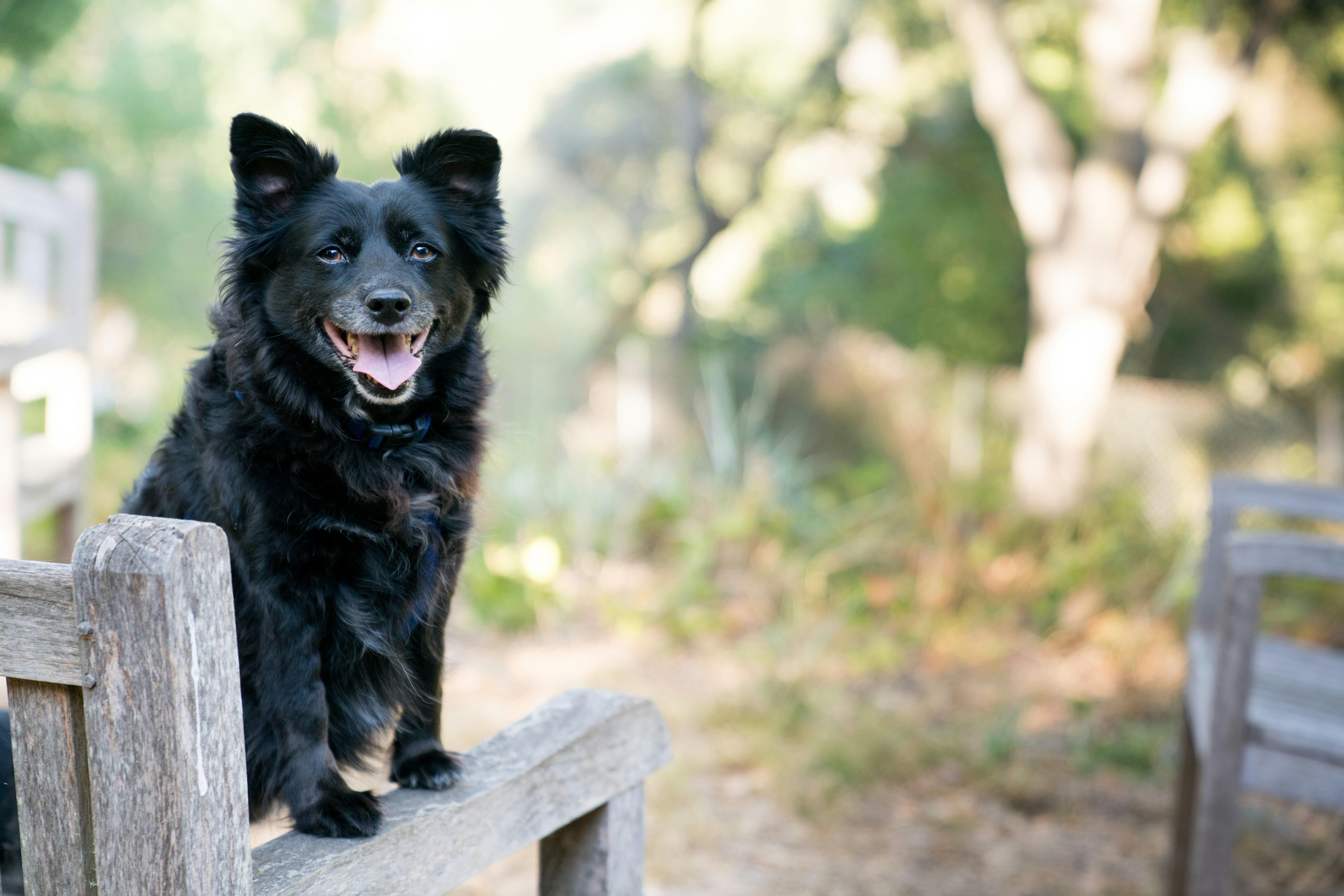
Positive Reinforcement: Your Key to Success
- Consistency is Key: Ensure that your commands are clear and consistent. Use the same words and gestures each time to help your dog understand what is expected. Consistency builds trust and understanding, making it easier for your pet to learn and adapt.
- Reward Good Behavior: Use treats, affection, or playtime as a reward immediately after your dog performs the desired action. This positive reinforcement helps reinforce the behavior, making your dog more likely to repeat it. Remember, timing is crucial—reward within seconds of the desired action.
- Keep Training Sessions Short: Dogs have a limited attention span, so it’s important to keep training sessions brief yet frequent. Aim for 5-10 minutes per session, a few times a day. This ensures your pet stays engaged and prevents them from becoming overwhelmed.
- Be Patient and Positive: Training can take time, and every dog learns at their own pace. Stay patient and maintain a positive attitude. Celebrate small victories and avoid punishment, as negative reinforcement can lead to fear and confusion.
- Make it Fun: Incorporate games and playful activities into your training routine. This not only keeps your dog interested but also strengthens the bond between you and your furry friend. A happy dog is a willing learner!

Troubleshooting Common Training Challenges
- Consistency is Key: One of the most frequent hurdles in obedience training is inconsistency. Ensure that every family member or anyone involved in the training uses the same commands and rules. This eliminates confusion and helps your pet understand expectations clearly.
- Patience and Persistence: Training takes time, and progress might be slow. Don’t get discouraged if your furry friend doesn’t pick up a command right away. Stay patient and keep practicing regularly; persistence is essential to overcoming initial challenges.
- Distraction Management: A common issue is losing your dog’s attention, especially in environments full of distractions. Start training in a quiet space and gradually introduce distractions as your pet becomes more proficient. Use engaging rewards to maintain focus.
- Understanding Your Pet’s Limits: Dogs, like humans, have different learning speeds and limits. If your dog seems tired or frustrated, it might be time to take a break. Pushing too hard can lead to stress and resistance, so always be attuned to your dog’s signals.
- Adaptability: Sometimes, a technique that works for one dog might not work for another. Be open to adjusting your methods and trying different approaches if you’re not seeing the desired results. Flexibility can lead to more effective training outcomes.

